GE 5.3 cu. ft. Slide-In Gas Range with Steam-Cleaning Oven in Stainless Steel
-
( 9 Reviews )Rated 4.56 out of 5 based on 9 customer ratings09
Edge-to-edge cooktop for cooking with pots and pans of all sizes. Steam cleaning the oven after cooking saves time and effort. Includes extra-large integrated nonstick griddle.
-
GE 4.8 cu. ft. Gas Range in Stainless Steel
Rated 4.67 out of 503GE 4.8 cu. ft. Gas Range in Stainless Steel
Rated 4.67 out of 503
GE Appliances provide up-to-date technology and exceptional quality to simplify the way you live. With a timeless appearance, this family of appliances is ideal for your family. And, coming from one of the most trusted names in America, you know that this entire selection of appliances is as advanced as it is practical.
- Edge-to-edge cooktop – a large, continuous cooking surface gives you extra room for pots and pans of all sizes and lets cookware move easily from burner to burner
- Two 15,000 BTU power boil burners – Steam your favorite veggies on one burner while searing a steak on the other
- Extra-large integrated non-stick griddle – cook up to 6 grilled cheeses at once on the industry’s largest integrated griddle
- 10,000 BTU oval burner – large oval fifth burner is ideal for griddle or odd-size cookware
- Steam clean – save time and effort by steam-cleaning the oven after cooking; no special water, kits or extra steps required
- In-oven broil – Healthy meals are hassle-free with in-oven broiling
- Smooth-glide storage drawer – Drawer opens and closes easily for instant access and extra storage
- 5.3 cu. ft. oven capacity – From roasting pans to Dutch ovens, large cookware is no problem for this range
- Finished sides – attractive look allows for installation flexibility in any kitchen
- Limited 1-year warranty entire appliance
Additional information
| Depth With Door(s) Open 90 Degrees (In.) | 47 |
|---|---|
| Oven Interior Depth x Height xWidth (in) | 19.5 x 19.5 x 24 |
| Product Depth x Height xWidth (in) | 29.25 x 36.25 x 30 |
| Range Size (in.) | 30 |
| Certifications and Listings | ADA Compliant,UL Listed |
| Manufacturer Warranty | Limited 1-year entire appliance |
Average Rating
4.56
Rated 4.56 out of 5 based on 9 customer ratings
095 Star
55.56%
4 Star
44.44%
3 Star
0%
2 Star
0%
1 Star
0%
Submit your review Cancel reply

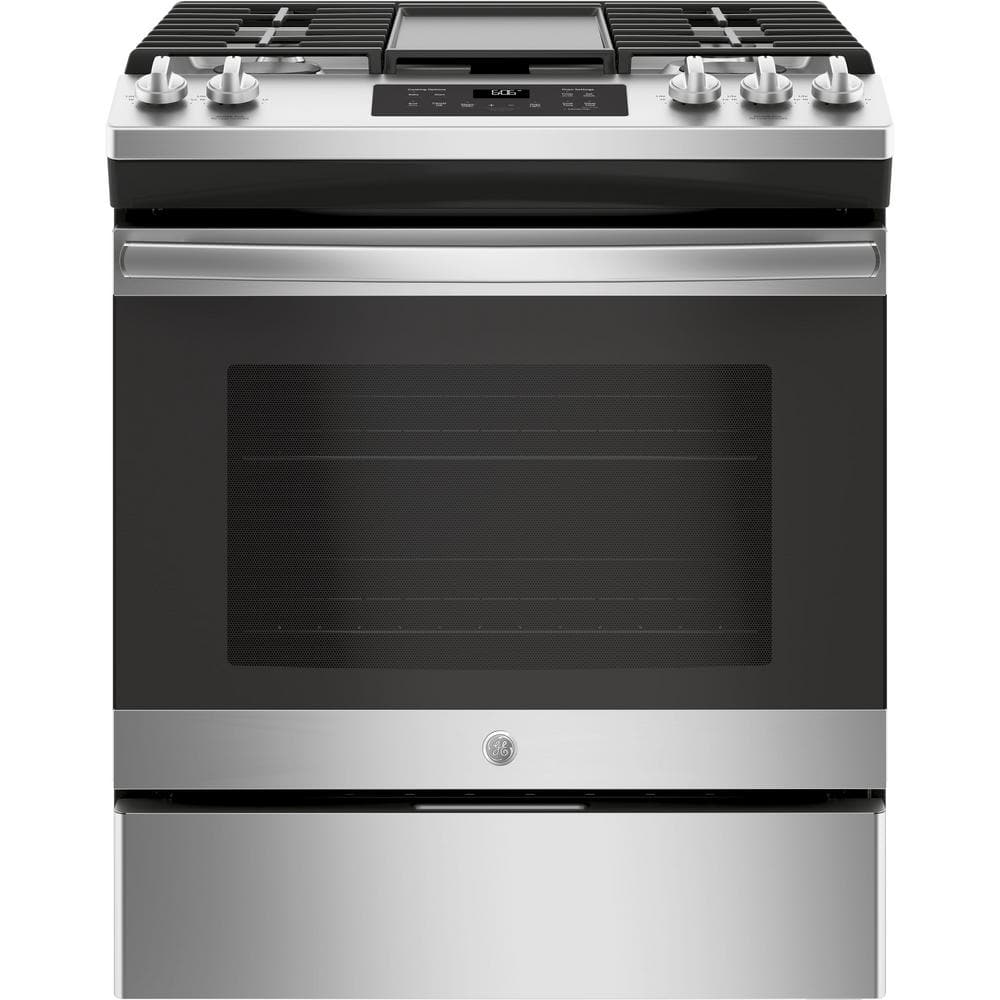
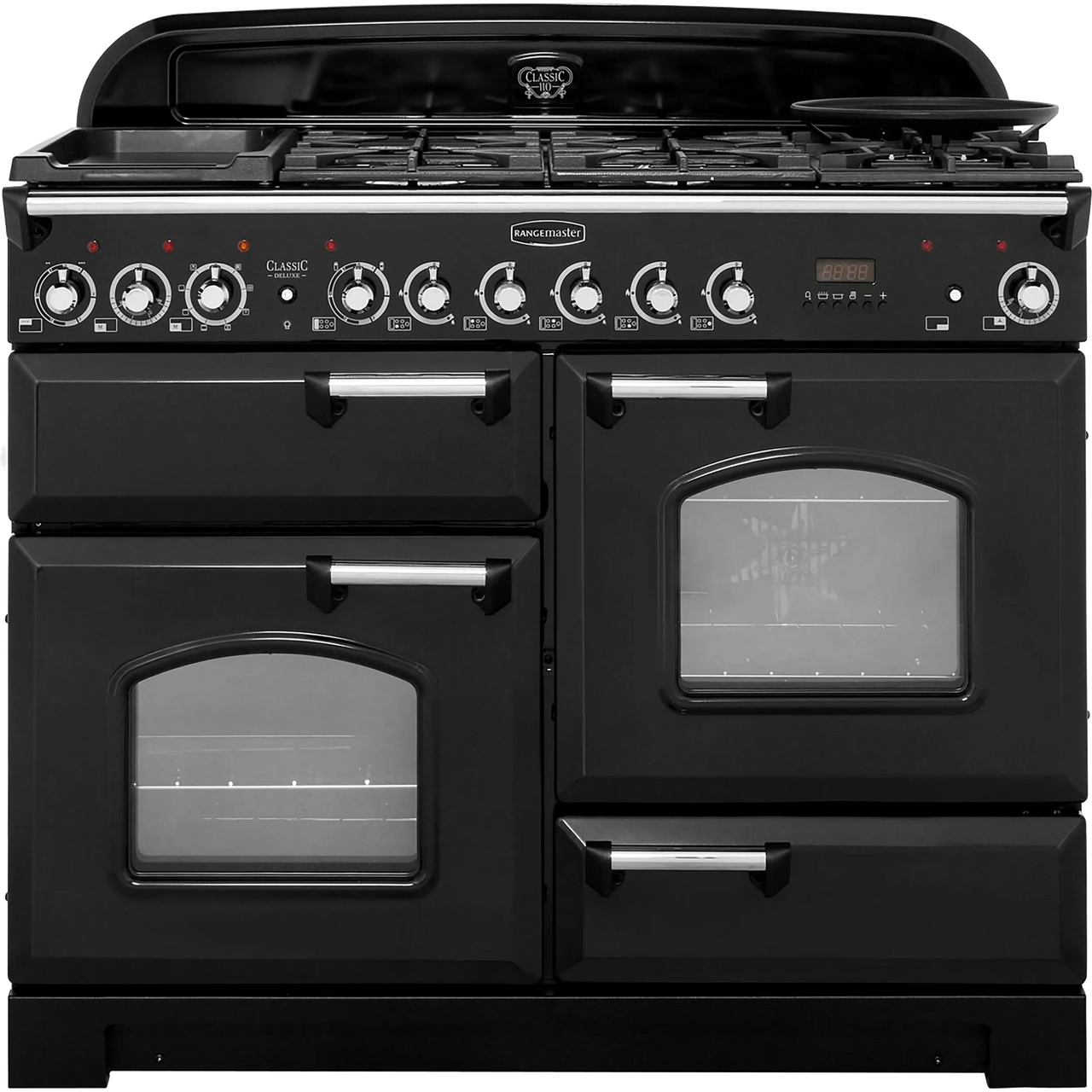
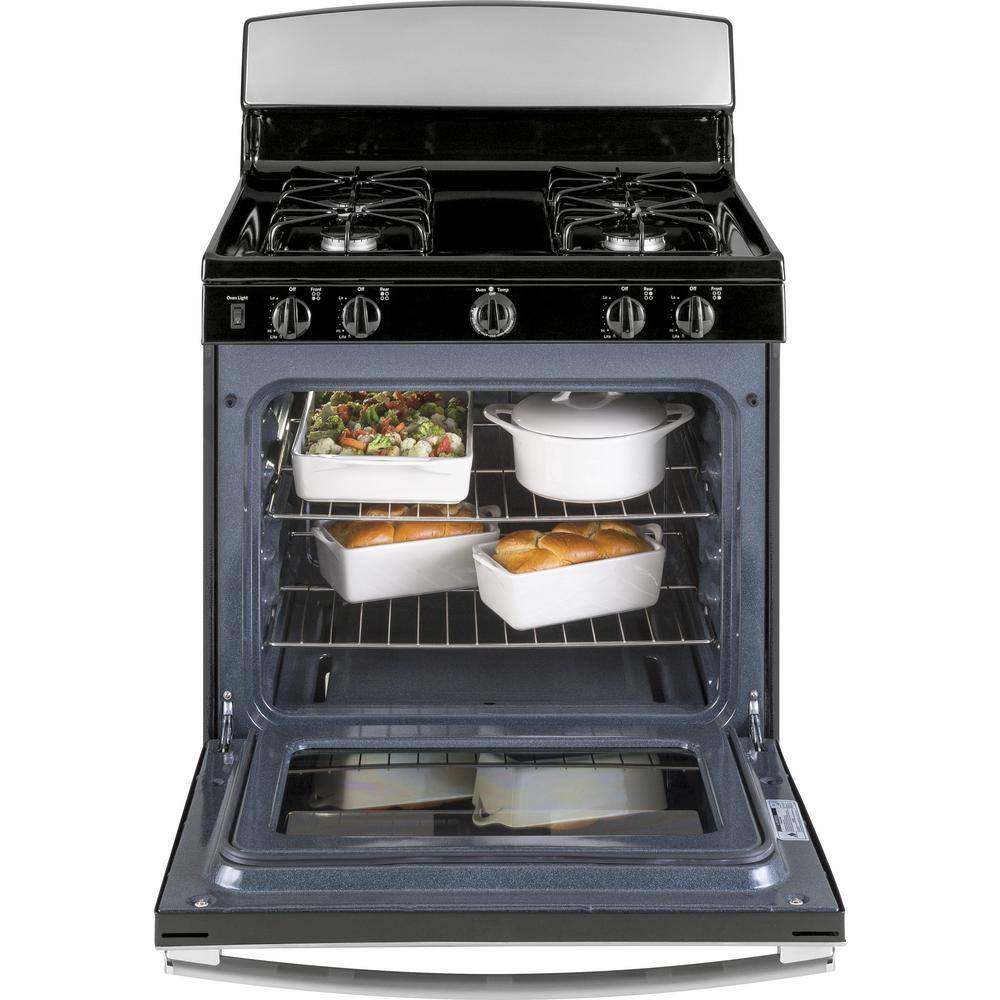
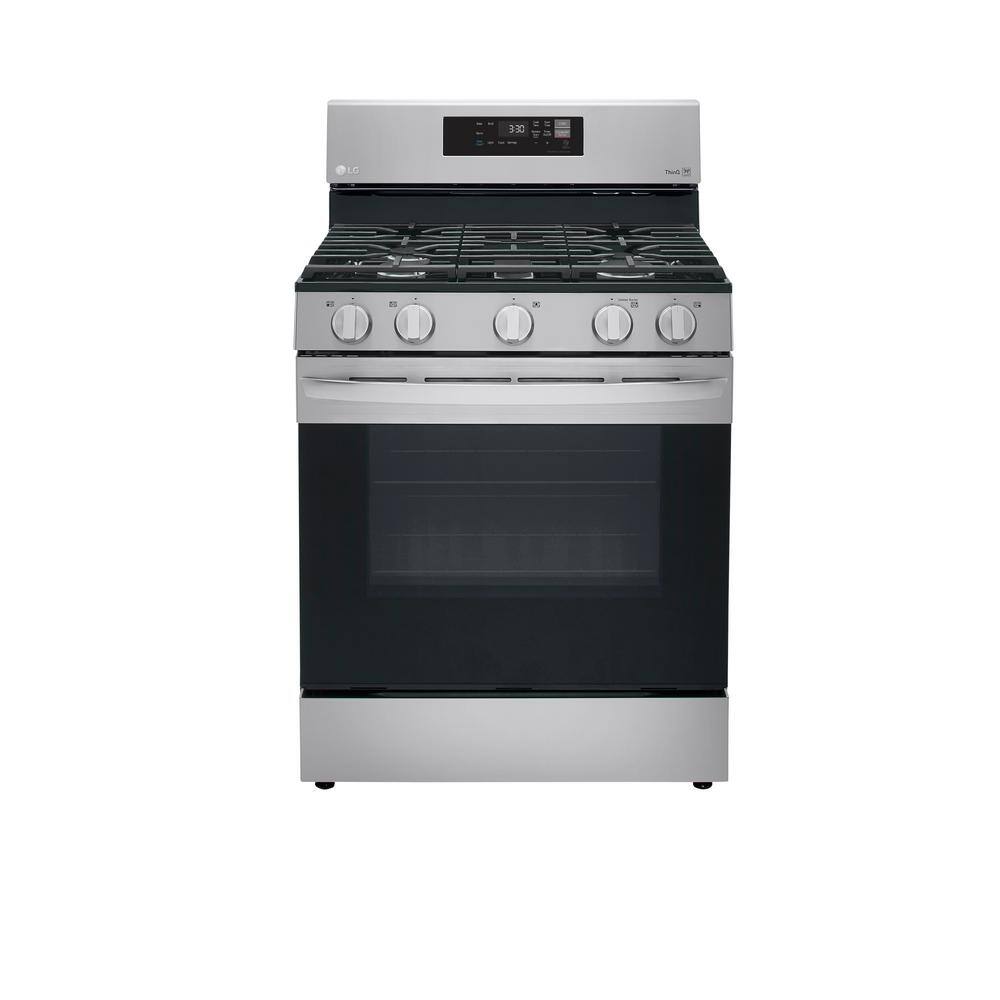
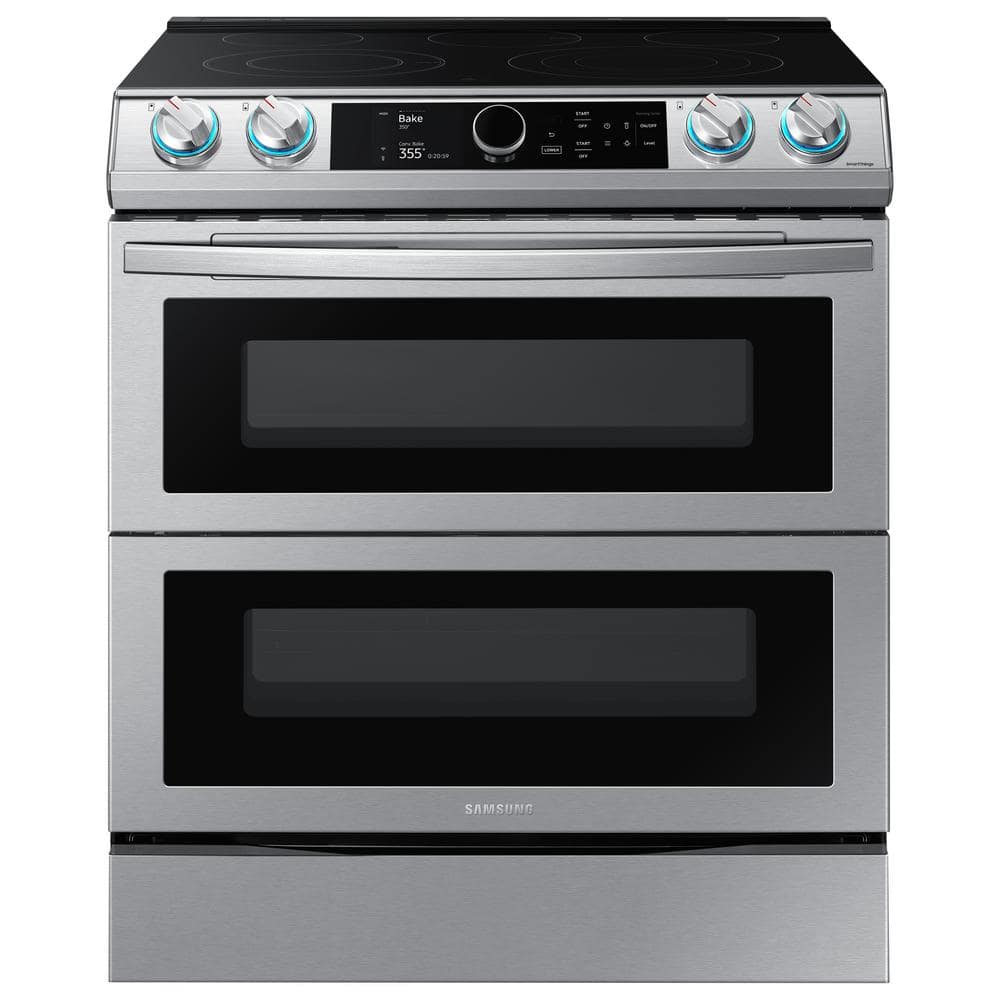
by Bob
It offers everything and is easy to use for any need.
by Cleo
Haven’t used the oven yet but I certainly like the stovetop. Burners work really well and spaced nicely apart. Appreciated knowing where to go online to obtain additional information or help, if necessary.
by Jeff
3 weeks in and no complaints. The quick boil burners work as promoted. Oven heats up quickly. Feels like a solid appliance
by John
Controls are easy to use. The integrated burners are easy to cleanup, and the temperature control is spot on.
by Nick
Had rang for about 4 months now and everything works great. The center griddle has been great for things like quesadillas and other grilled sandwiches. Only complain is that is oven is on for a while, covering on control panel starts to bubble up slightly, but returns to normal once oven is cool.
by James
Pretty good for a basic range. Standard with new build. Due to my cooking frequency I may have chosen a higher model.
by Paul
This units performs exactly as expected. I placed a thermometer in the oven to ensure temp was accurate, two years later still perfect. Cleans up nice. Good solid unit for the price. Note: that center griddle burner…don’t know how I ever got through life without one! Down side…gas smell when utilizing the oven. Took two or three hot (450 degree) bakes to get it to subside. I was told it is the interior enamel “baking in.”
by Chino
Great nice to cooking food I love going back to cooking more that is good.
by Steve
This stove fits perfectly in the width allotted for it in my kitchen but the housing connection for the gas in the rear of the stove stuck out and prevented the stove from being positioned against the wall. Instead, there is a 3 inch gap between the back of the stove and wall and accordingly the stove sticks out into the kitchen area. No help from the installers and none from Home Depot customer service so I am stuck with having to hire someone to come to fix the problem which is very lame. Be aware of this if you purchase this stove. Otherwise, we love how well the oven works. The surface scratches easily. Good luck!